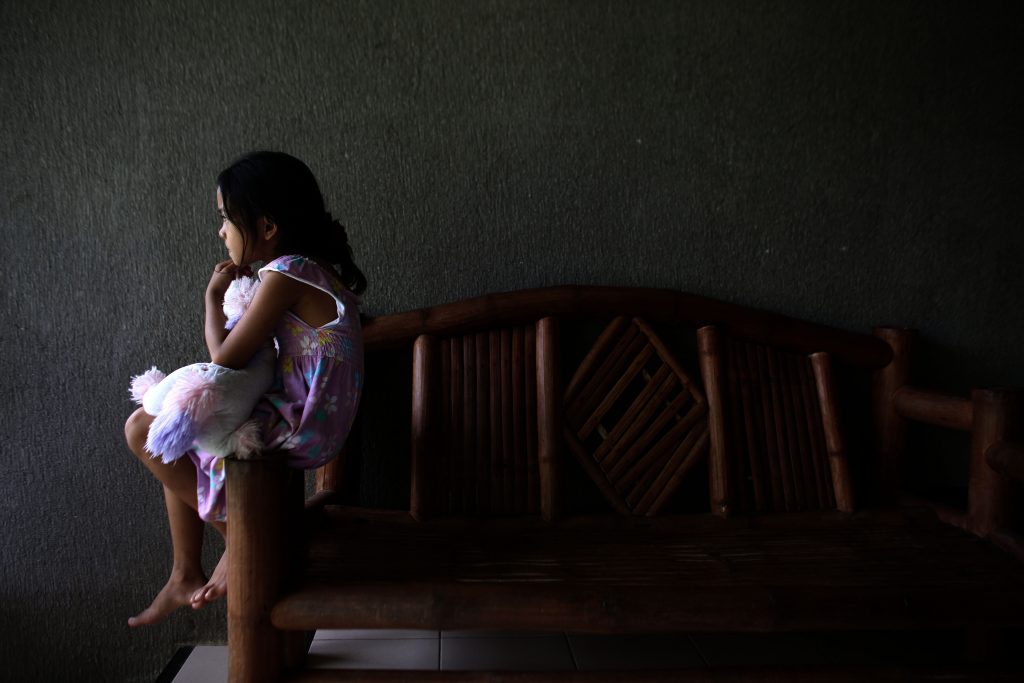
More child victims identified and safeguarded; more perpetrators apprehended, and an internet free of material depicting child sexual exploitation and abuse. This is the vision of the new WePROTECT Global Alliance to End Child Sexual Exploitation Online, an organization that brings together the U.K.’s WePROTECT Children Online initiative and the Global Alliance Against Child Sexual Abuse Online, launched in 2012 and co-chaired by the U.S. Department of Justice and the European Commission.
Microsoft is privileged to be a part of and to support the new WePROTECT Global Alliance through our participation on the WePROTECT Global Alliance Board; the commitments we made in signing the industry Statement of Action to end child sexual exploitation and abuse online, and our own contributions and innovations to the broad, global effort to best protect children in the digital age.
The WePROTECT Global Alliance announced its vision and strategy at an international launch event at the United Nations in New York on Monday. On Tuesday, a new partnership and global fund to End Violence Against Children, administered by UNICEF and sponsored in part by the U.K. government, was also launched. The fund seeks to prevent violence against children, including online sexual exploitation and abuse; “accelerate real action for children in their homes, schools, and communities … and strengthen collaboration between and among organizations, and across borders.” The fund is seeking additional donors, as the U.K. government alone is contributing a total of 50 million pounds over the next four years, earmarked for programs to combat online sexual abuse.
“The horrific global crime of online child sexual exploitation is one that challenges our very humanity and must be eradicated,” said Joanna Shields, the U.K. Minister for Internet Safety and Security. With the WePROTECT Global Alliance, “(w)e are building a global initiative to tackle this crime beyond any initiative that has existed before, with 70 countries signed up to join the WePROTECT initiative and the existing Global Alliance Against Child Abuse Online, and the support of technology leaders including Facebook, Google, Microsoft and TENCENT.”
In a strategy document outlining its commitment to eradicate the online distribution of child sexual abuse images, the alliance articulated the massive global nature of the problem; vowed to secure high-level commitments from all parts of the international system, and championed a tool to help countries independently self-assess their progress in combatting these vile crimes. Indeed, in 2014, INHOPE, the association of internet hotlines and helplines, assessed 83,644 URLs as containing child sexual abuse imagery worldwide, a 71 percent increase from the prior year. The grave nature of the problem is echoed in data compiled by the U.S. National Center for Missing and Exploited Children (NCMEC). In 2015 alone, NCMEC received a record 4.4 million reports of child sexual abuse imagery on online services from more than 1,100 companies actively reporting to its CyberTipline. In the prior 17 years combined, NCMEC received a total of 3.1 million CyberTips.
Given the scope and reach of the problem, it will take years, mostly likely decades, to even noticeably limit the online availability of child sexual abuse imagery, and realize the vision of the WePROTECT Global Alliance. A primary milestone in that journey will be the first WePROTECT Global Alliance Summit in 2017, where the group will build on the momentum created by the first two WePROTECT Summits in London and Abu Dhabi, as well as the long-standing work of the Global Alliance.
For our part, Microsoft has been working to protect children online for two decades, and has been combatting the spread of child sexual abuse material for more than a dozen years. We stand ready to continue to play a significant role, and to work closely with others in industry, government and civil society to bring an end to these horrific crimes.
To learn more about Microsoft’s work combatting the spread of child sexual abuse material online, download our policy fact sheets available here. To learn more about online safety and child online protection generally, visit our website; view our resources; “like” us on Facebook, and follow us on Twitter.
At the time of writing of this post, Jacqueline Beauchere’s title was Chief Online Safety Officer.
